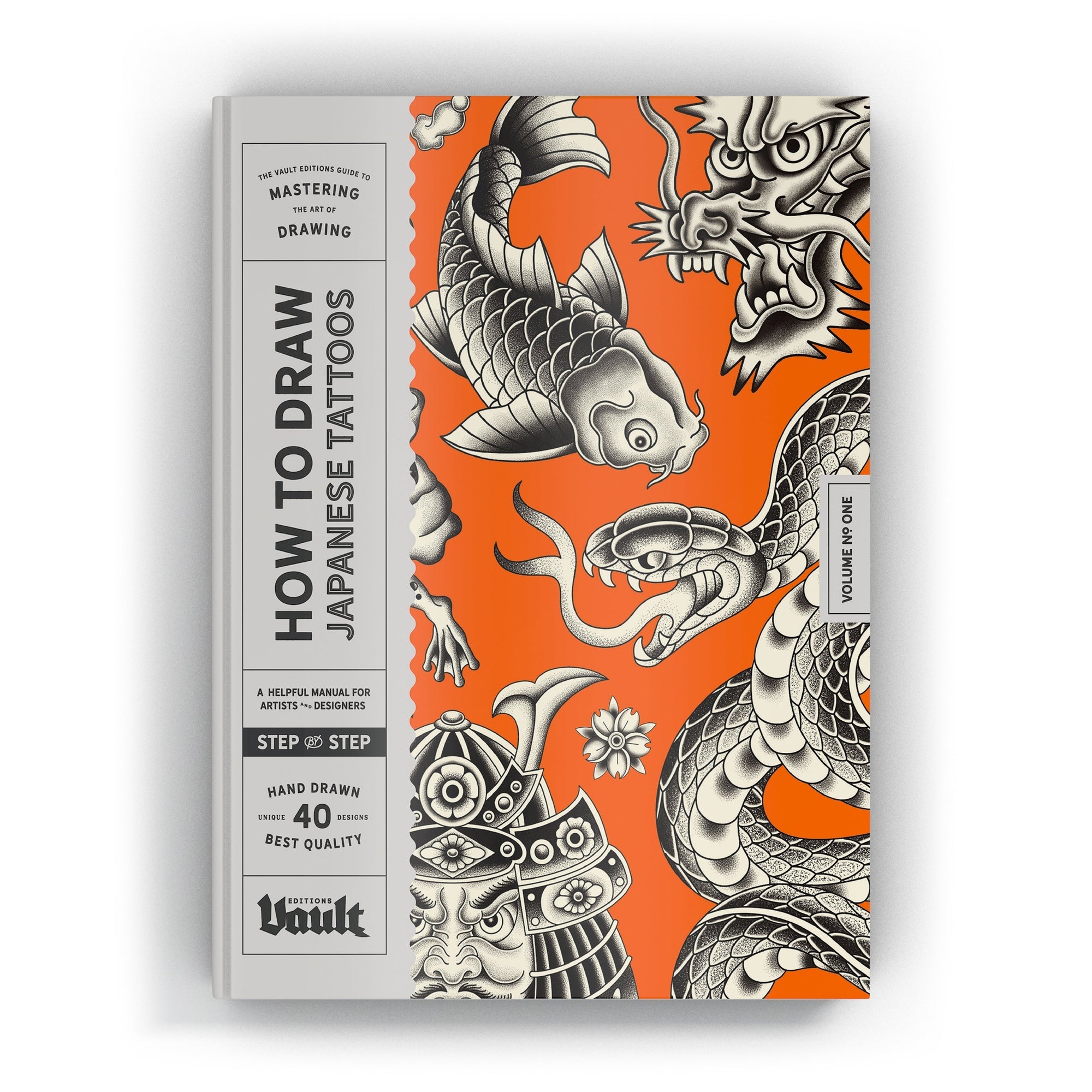Why Ornamental Lettering Matters: A Journey Through Art, Typography, and Design
We're currently working on a new image archive celebrating the art of ornamental letters. This collection is filled with beautiful, rare, and inspiring designs to help you bring stunning, expressive lettering into your creative work. We're looking forward to sharing it with you soon. In the meantime, we hope you enjoy today's article, inspired by these fascinating letter designs.
"History has remembered the kings and warriors, because they destroyed; art has remembered the people, because they created." - William Morris
Ornamental lettering is where written language and visual storytelling meet. From gilded medieval manuscripts to the crisp typefaces of the modern age, ornamental lettering has offered artists and designers a powerful tool for creativity. Today, we'll examine its use across centuries, from its spiritual beginnings in the Medieval era to its Renaissance heyday and into its current revival.
 Wood-engraving, designed by William Morris, engraved by William Harcourt Hooper, England. Image copyright Victoria and Albert Museum, London
Wood-engraving, designed by William Morris, engraved by William Harcourt Hooper, England. Image copyright Victoria and Albert Museum, London
The Origins of Ornamental Letters in Medieval Manuscripts
The story of ornamental letters begins with the illuminated manuscripts of the early Middle Ages. In an era when books were precious, handmade objects, scribes, and artists lavished extraordinary attention on the first letters of sacred texts. These decorated initials were often bursting with gold leaf, twisting vines, mythological creatures, and hidden faces, and served both practical and symbolic purposes.
 Bentivoglio Hours, about 1494 – 1503, Bologna, Italy. Image copyright, Victoria and Albert Museum, London
Bentivoglio Hours, about 1494 – 1503, Bologna, Italy. Image copyright, Victoria and Albert Museum, London
An ornate initial signalled the start of a significant section, guiding readers through the dense, continuous text. But it also elevated the manuscript into a work of devotion and beauty meant to honour the divine subject.
One stunning masterpiece from this era is the Book of Kells, a famous illuminated manuscript made around 800 AD, containing the four Gospels of the New Testament, richly decorated with ornate initials, symbolic imagery, and Celtic art. The image below depicts the Chi Rho symbol, which combines the first two Greek letters of 'Christ' (Χ and Ρ) into a sacred monogram, used by early Christians as a visual shorthand for Jesus Christ.
 Fol. 27v-129r: Matthew. Folio 34r: 1.18 Christi autem generatio, the conception: the Chi Rho page. Image copyright, The Board of Trinity College Dublin
Fol. 27v-129r: Matthew. Folio 34r: 1.18 Christi autem generatio, the conception: the Chi Rho page. Image copyright, The Board of Trinity College Dublin
The Evolution of Ornamental Lettering in the Renaissance and Beyond
With the invention of the printing press in the 15th century, the art of ornamental lettering entered a new phase. Although mass production threatened the individuality of manuscripts, early printers kept the tradition alive by using woodcut initials. These bold, blocky letters were filled with elaborate scenes of classical mythology, biblical tales, or lush botanical motifs.

Letter A from Oscar Jennings’ collection of early woodcut initials, Image copyright, Victoria and Albert Museum, London
During the Renaissance, ornamental letters became a display of artistic mastery. Designers like Geoffroy Tory in France and Johann Neudörffer in Germany elevated the decorated alphabet into an emblem of learning, elegance, and prestige. The rich detail of these letters celebrated the revival of classical ideals of proportion, balance, and beauty while maintaining the spirit of wonder of the medieval era.

Letter C from Oscar Jennings’ collection of early woodcut initials, Image copyright, Victoria and Albert Museum, London
A few visionary artists looked to the past for inspiration as the centuries passed. In the 19th century, William Morris, the founder of the Arts and Crafts Movement, championed a return to medieval craftsmanship and richly ornamented design. His intricate work in book art, wallpaper, and textiles celebrated the idea that beauty and utility can coexist. For Morris, the art of the decorated letter was not merely nostalgic; it was a powerful statement about the value of human creativity in an increasingly industrialised world.
 Page from The Works of Geoffrey Chaucer by William Morris, 1891, Image Copyright, Kelmscott Press
Page from The Works of Geoffrey Chaucer by William Morris, 1891, Image Copyright, Kelmscott Press
How Ornamental Letters Can Elevate Your Artwork Today
Modern designers, artists, and typographers are rediscovering the power of ornament. In a world flooded with minimalist branding and digital uniformity, an ornamental letter can instantly capture attention, evoke emotion, and tell a richer story, adding depth to the design. A flourishing initial can evoke many different styles, emotions or ideas. In editorial design, branding, tattoo art, packaging, and even social media graphics, decorative initials can transform a simple project into a lasting impression.
If you're an artist or designer looking to add more personality and depth to your work, ornamental lettering offers an incredible toolkit. Whether you're creating a book cover, a poster, or a personal project, a well-placed ornamental initial invites the viewer to linger and take a closer look. We'll be releasing our new image archive of stunning and rare ornamental letters soon, so stay tuned to find out more!
 Illuminated Manuscript, Bible (part), Moses before the burning bush, Walters Manuscript W.805, fol. 37v detail, Image Copyright, Walters Art Museum Illuminated Manuscripts
Illuminated Manuscript, Bible (part), Moses before the burning bush, Walters Manuscript W.805, fol. 37v detail, Image Copyright, Walters Art Museum Illuminated Manuscripts




